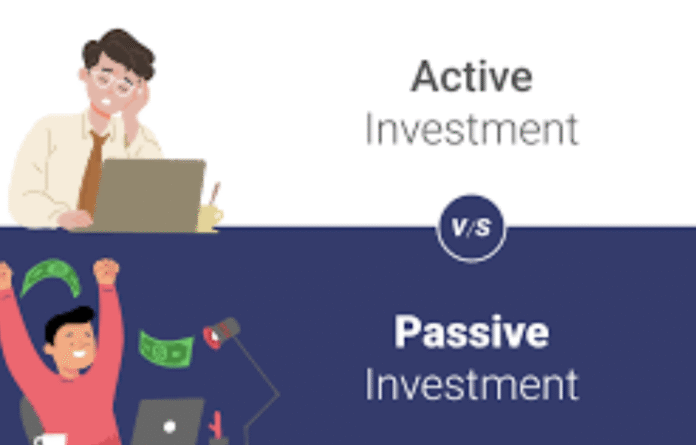In the age of globalization, retail investors have unprecedented opportunities to build international portfolios across diverse asset classes. One of the fundamental choices every investor faces is between active investing—entrusting money to skilled managers who aim to beat the market—and passive investing, which focuses on tracking indices at low cost. But what works best for global investors, navigating markets from New York and London to Mumbai and Shanghai? Let’s dive deep into the debate, examining costs, returns, risks, and which approach shines in various regions and market environments.
The Basics: Active vs. Passive Investing
Active investing means buying and selling assets to outperform a benchmark. Fund managers analyze companies, time markets, and shift strategies—often for a higher fee. Success depends largely on manager skill, market conditions, and timing. In contrast, passive investing involves tracking an index—such as the S&P 500, FTSE 100, or MSCI Emerging Markets—through index funds or ETFs. Passive investors accept market-matching returns and believe the long-run cost savings are worth more than trying (and often failing) to beat the market.
Costs: The Silent Erode
Fees are often overlooked but have an outsized impact on long-term wealth. Active funds almost always cost more, with expense ratios often 1–2.5% for equity, reflecting research, frequent trading, and manager salaries. Passive funds can be as low as 0.05–0.5%, even for international markets. Over decades, this difference compounds dramatically: a 2% fee on your investments eats away thousands more than a 0.2% fee over 30 years.
In regions with highly competitive fund markets (like the US and UK), passive investing’s low cost advantage has triggered massive inflows towards ETFs and index funds.
Returns: Outperformance and Its Limits
Active managers hope to generate “alpha”—returns above the benchmark. In less efficient markets, such as emerging economies or small-cap sectors, skilled managers sometimes excel. For example, in Indian mid- or small-cap funds, or certain European industry funds, active managers have sometimes capitalized on market inefficiencies and local trends to deliver outsized performance.
However, decades of global research show that in highly liquid, mature markets—especially US and Western European large caps—active managers rarely beat their benchmarks over the long run. Studies indicate only about 20–30% of US large-cap active funds outperform their passive peers after fees and over 10 years. In contrast, passive investors receive reliable market returns, which can beat the vast majority of active strategies due to lower costs.
Risk: Human Skill vs. Market
Active investing can be riskier because it introduces judgment calls, tactical shifts, and sometimes excessive trading. Poor decisions or manager turnover can undercut results. By contrast, passive funds mirror the broader market’s risk profile—no manager can “miss” the benchmark or make a catastrophic bet. There’s less risk of disappointment from underperformance, but passive portfolios are not immune to market downturns.
International investors should note the influence of local regulations, currency risk, and economic volatility, which can change the risk propositions of both investing styles.
Tax Efficiency and Flexibility
Frequent trading in active funds leads to more taxable events, while passive funds, with their buy-and-hold approach, are typically more tax-efficient—an important consideration for cross-border investors subject to multiple tax regimes. However, active managers can sometimes exploit tax strategies, especially in niche funds or markets, though these benefits rarely outweigh the extra cost for most retail investors.
Passive approaches offer transparency and simplicity: you know exactly what’s in an index fund, and your returns closely track the benchmark. Active funds may be more flexible—shifting allocations based on macro trends, currency moves, or local economic changes—a potential benefit when navigating less efficient or volatile markets.
Global Trends and Market Efficiency
Internationally, passive investing is gaining ground. In 2024, passive mutual fund assets in the US surpassed active assets for the first time, reflecting decades of inflows and investor preference for cost-effective market exposure.
However, outside the US and Europe, passive strategies make up a smaller share of assets under management. In some Asian, Middle Eastern, and Latin American markets, active funds still dominate—partly because local indexes may be less representative, and sector or small-cap opportunities give skilled managers room to add value.
Where Active Shines—and Worries Remain
Active funds stand out in sectors where markets are inefficient or information is scarce. Real estate, small-cap equities, and emerging market debt are prime examples where research, local expertise, and adaptability help managers excel.
But performance is uneven: manager turnover, higher fees, style drift, and concentration can hurt long-term gains. The biggest penalty comes from picking a poor active fund—a risk that usually outweighs the reward of finding a superstar manager.
Passive Strengths for Retail Investors Globally
For most investors, passive funds offer a compelling blend of diversification, reliability, and low cost. They remove emotional decisions, ensure broad exposure, and keep fees in check. In efficient markets—and especially for long-term wealth building—buying and holding passive ETFs or index funds is a robust strategy used globally.
Blended Approach: The Global Investor’s Toolkit
Many global investors combine both styles: a core passive portfolio of cheap index funds for stability, with satellite active funds in regions, sectors, or asset classes where local expertise creates real advantages. This blended approach, called core-satellite investing, allows you to customize exposure while keeping most of your costs low.
Making Your Choice—And Rebalancing
The hunt for the perfect strategy starts with self-reflection. What are your goals? If you seek stable, long-term gains and reject complexity, passive is hard to beat. Active strategies suit those with higher risk tolerance, shorter time horizons, or niche interests. Globally, passive works best where markets are big and competitive, but active may pay off where information is imperfect and expertise gives a true edge.
And remember, regular rebalancing between styles is crucial—adjusting allocations as goals, markets, and life circumstances change.
Globally, passive investing has revolutionized retail finance with its affordability and transparency, while active strategies remain valuable for savvy entry into less efficient markets. The best approach is one that balances both, adapts to local realities, and puts investor goals at the forefront—wherever you call home.


